

Terraria is a Minecraft-esque game where players can craft items and structures that can help them survive the dangers in the open world. There are some differences, however, that sets it apart from the latter, and those qualities give Terraria a charm all of its own. With a random spawning worlds and countless hours’ worth of content to discover, Terraria might just give Minecraft a run for its money. Read through this comprehensive guide so that you will be better armed to explore this open world.
Gameplay
Terraria is an open world sandbox game where players must explore and discover resources found all over the world. These resources can be mined and crafted into materials that you can use to survive in the harsh environment where different enemies lurk. Players can also equip armor and other items similar to an RPG, so that they can defeat stronger monsters in order to get rarer and more special items for crafting. Randomly generated events will give players something new to experience with each playthrough, and different environments will also allow players to discover new content such as hard to find elements, NPCs, and stronger enemies to challenge against.
Game Modes
Terraria offers players the chance to play under three difficulty modes. These are Softcore, Mediumcore, and Hardocre. There’s no difference with regards to gameplay difficulty per se, but thee main difference between the three modes is how death penalties are issued. Under Softcore, characters will lose half of their coins upon death, while Mediumcore will see players lose all of their items. Lastly, Hardcore penalizes players with true death as they can no longer come back to life and will only exist in the world as a spectator.
Crafting
Acquiring materials and crafting them into different items are the main objectives within the game. With the proper materials at hand, players can create various tools, weapons, and even different structures that will help them survive in the world.
Typically, basic materials such as wood and water can be acquired from trees and bodies of water, respectively. However, most materials can only be acquired by using tools such as axes or hammers. Liquids will also require bottles for storage. For items that require ore, anvils are required while others will require a workbench. Different stations will allow players to construct different kinds of items.
Resources can be acquired from the world, while others can be collected via treasure chests or via drops from defeated monsters. There are also rare materials that can only be acquired by locating areas where special events are occurring or from biomes where stronger enemies lurk.
The game provides a guide for items that can be created, and it also displays the items that are required in order for crafting to be successful. However, players may also choose to experiment and combine different items in order to come up with products not included in the list. Also, crafted items may serve as raw materials for other items to create. Players can also look at forums and online guides for items not included within the guide as well as the materials required to create them.
All items will be stored within the player’s inventory, and this can be arranged and sorted based on the player’s preferences. Items in the inventory can be discarded, placed in the world, or used for crafting.
Weapons and Equipment
Weapons and equipment such as armor can be created and used to defend against and battle monsters. These can be created in similar fashion as other objects within the game, with the added benefit of adding both offensive and defensive capabilities for the player. Players are only provided with limited lives, and as such, having the right tools when battling monsters is very essential. The stronger the materials used when crafting weapons and equipment, the more formidable they would be. Weapons include melee based ones as well as those that can be fired from a distance.
Shelter
Shelter is one of the most important aspects of Terraria, as shelters will provide players with a defensible area for when monsters attack more aggressively. In addition, beds can be placed within houses which would then serve as spawning points should your character die. In order to create a shelter, players must create three walls and a roof, as well as doors that will serve as entry and exit points. Take note, though, that opened doors will allow monsters to come in, so make sure that these are well guarded.
NPCs
There are many non-playable characters that players can interact with. Players can encounter them once they have reached a certain area or biome, and some circumstances will also require players to save them. Players may also opt to build homes for them, which would then allow players to purchase special items from them. NPCs within Terraria include Santa Claus, the Merchant, the Arms Dealer, the Nurse, the Mechanic, and many more.
Enemies
Players will get to encounter several types of enemies that range from simple slimes to zombies and demons that come out at night. There are also several boss characters that typically guard a specific area, as well as stronger monsters that lurk in different biomes. Engaging an enemy typically requires players to simply attack them with weapons appropriate for the situation, and different items can also be acquired should the enemy in question fall. Of course, there is always a danger of you getting defeated, so it is important to have stronger weapons and equipment at hand especially when facing tougher monsters.
Biomes
Terraria features a randomly generating world that consists of jungles, frozen tundra, dungeons, and many more. Players can also discover different areas, or biomes, such as hellish places filled with lava, floating islands, and many more. Most of these areas are reached by digging underground or finding a way to reach the air. Each of these areas feature different resources to be found as well as stronger monsters to be encountered. Of course, biomes carry with them chests that offer better rewards as well as rarer loot and resources that you cannot find anywhere else.
Events
The game features regular day and night cycles, which are dependent on the in game clock. During day cycles, players can freely roam the world except in biomes where enemies are generally stronger but will typically leave you alone most of the time. However, enemies will be much more aggressive at night and will try to attack you non-stop, requiring you to seek shelter and be more defensive in your strategies.
In addition to the above, there are also randomly generating events such as meteor showers and goblin invasions. Certain resources and enemies will only be available during this time, so it is recommended that players explore and discover all of these unlocked content. There is also a one in nine chance of a Blood Moon occurring each night, where in enemies will be much stronger and NPCs will become twisted versions of themselves, selling you corrupted items instead of the usual ones.
Also, defeating certain bosses will unlock additional content and may convert other biomes into completely different areas. Enemies will also become much more difficult to defeat at this point.

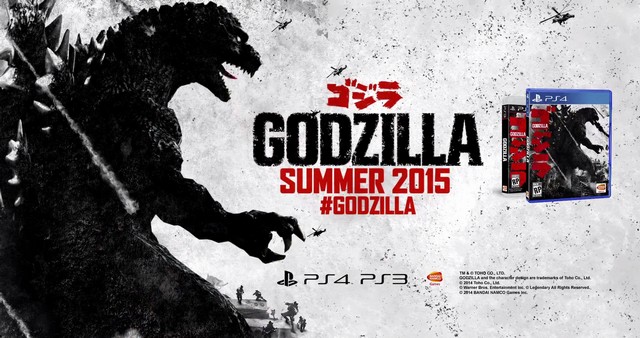
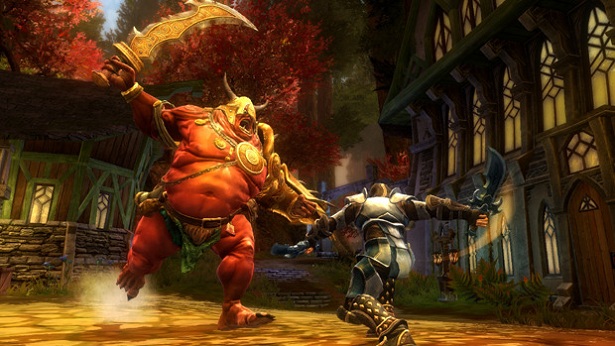
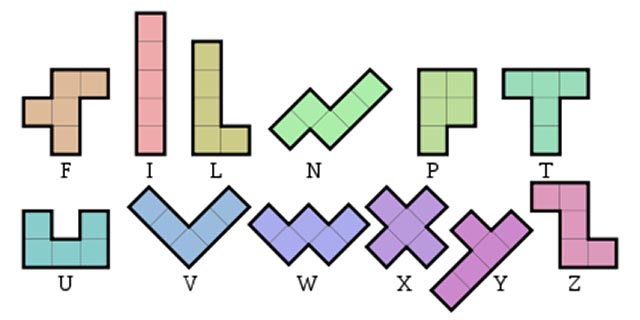
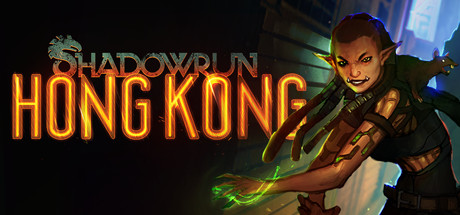 Shadowrun: Hong Kong Location Guide for all Weapon, Spells and more
Shadowrun: Hong Kong Location Guide for all Weapon, Spells and more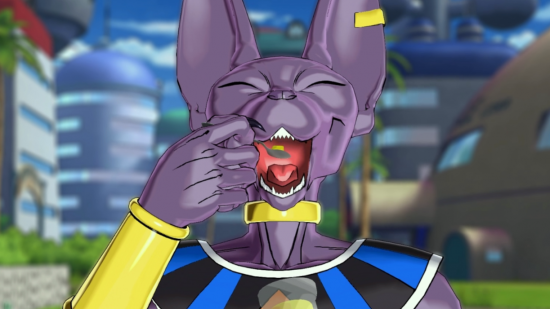 Dragon Ball XenoVerse How to: Beerus Mentor Quest Guide
Dragon Ball XenoVerse How to: Beerus Mentor Quest Guide 9 Computers And Tablets You Can Get At A Big Discount
9 Computers And Tablets You Can Get At A Big Discount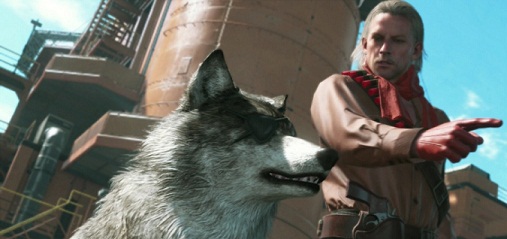 MGS 5 - The Phantom Pain: D-Dog Location and Skills
MGS 5 - The Phantom Pain: D-Dog Location and Skills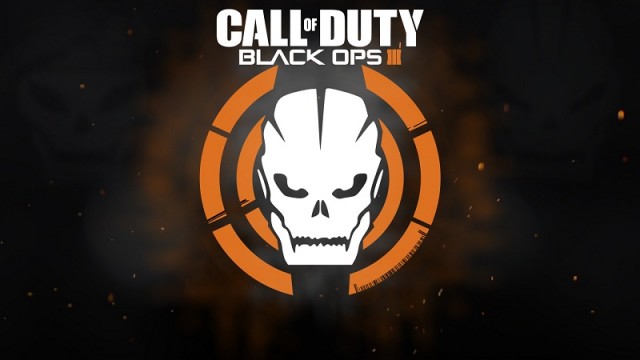 COD: Black Ops 3 - Top Tips for Combat Movement Controls
COD: Black Ops 3 - Top Tips for Combat Movement Controls